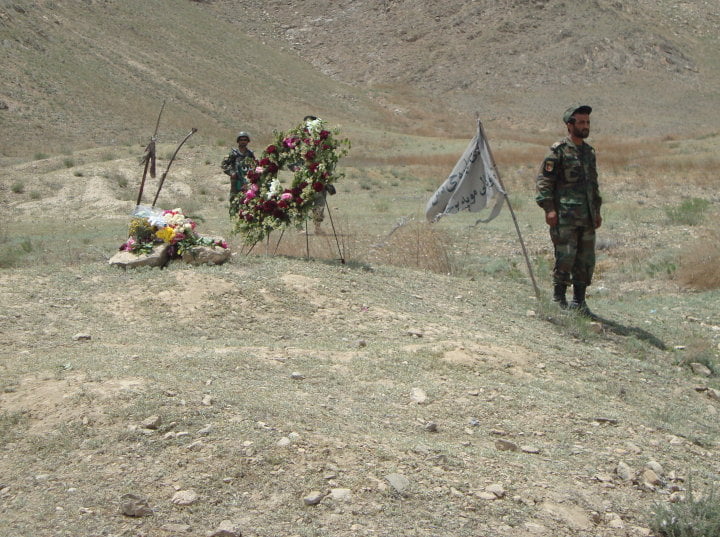KABUL, Afghanistan – Afghanistan could experience “eye-watering” levels of violence during and after the departure of foreign troops, NATO civilian Special Representative Mark Sedwill told reporters Wednesday, just two days before the 2010 NATO Summit commenced in Lisbon. Human rights groups meanwhile urged NATO member states to take humanitarian and human rights concerns seriously as plans are made for the phased withdrawal of foreign forces beginning early next year.
“As NATO begins to discuss its withdrawal from Afghanistan, it’s crucial to explain to the Afghan people exactly how the international community will follow through on its promise to protect and promote their human rights,” said Sam Zarifi, Amnesty International’s Asia-Pacific Programme Director.
Twenty-nine leading Afghan and international NGOs, led by Oxfam, called on NATO to improve oversight of Afghanistan’s police and army during the security transition between 2011 and 2014 and end programs that train and arm often abusive local militias to fight the Taliban.
Human Rights Watch, which echoed the call to end militia programs, rebuked the United States and NATO for working closely with known human rights abusers and ignoring Afghans’ desire for justice and an effective, non-predatory government.
“The US and NATO impatience for quick results is reducing their resolve to press for governance reform,” said Rachel Reid, HRW’s Afghanistan researcher. “The tougher – but longer-term solution – is to stop doing deals with abusive or corrupt people, and instead, prosecute them and strengthen the institutions capable of delivering that justice.”
Sedwill’s candid admission that mass violence could follow the security transition poses urgent questions. Will the international community prevent major crimes against civilians in Afghanistan during and after the withdrawal of foreign forces?
NATO has plans to prevent Al Qaeda’s return to Afghanistan, and it’s difficult to imagine the alliance allowing Kabul to fall to the Taliban again. But what about other areas? And how will the international community more broadly respond if Afghanistan experiences an upswing in violence that targets civilian populations but does not immediately menace the West?
As winter descends across most of Afghanistan, the people of Bamiyan province in the central highlands are marking a grim anniversary: nearly a decade has passed since the Taliban blew up the giant stone Buddhas that had looked over the largest town in the region for more than a millennium. The Taliban destroyed the Buddhas because the statues were evidence of Afghanistan’s pre-Islamic past and cherished cultural heritage of the Hazaras, the third largest ethnic group in Afghanistan and one the Taliban relentlessly persecuted. Next spring in Yakawlang, a remote district of Bamiyan I visited in May, residents will mark ten years since the Taliban burned the district center, methodically massacred civilians, and drove thousands into the frozen mountains. In one village, a woman described to me how Taliban soldiers dragged her schoolteacher husband from his family’s house, gauged his eyes, and shot him dead. In another village, the scarcity of adult men was eerie, and a woman named Tyrah showed me the mass grave where more than twenty massacred members of her extended family are buried.
The United States did not intervene in Afghanistan for humanitarian reasons, and the UN-mandated, NATO-led International Security Assistance Force (ISAF) is not a peacekeeping mission, but the overthrow of the Taliban regime did slam the breaks on many ongoing atrocities in late 2001. Nine years on, the war is still raging and aid workers and civil society activists see a bloodier road ahead.
“More civilians are being killed and injured than ever before and Afghanistan is more insecure than at any time in the past nine years. We are concerned that unless urgent steps are taken now, the violence will continue to escalate in 2011 and civilian suffering will only increase,” Farhana Faruqi-Stocker of Afghanaid told IRIN.
